#Russian Orthodoxy
Text

Russia ✨
#orthodox#orthodoxy#eastern orthodoxy#eastern orthodox#russian orthodoxy#christianity#orthodox christianity#eastern orthodox christian#russia#russian orthodox#russian churches
98 notes
·
View notes
Text
'Autocracy, Orthodoxy and Nationality' in 1905

St. John's Church in Voronki (built 1905)
"While they [conservatives within the ecclesiastical hierarchy] supported the general notion of self-government for the Church, they were not prepared to see the authority of the appointed bishops or the monastic clergy weakened in any way. Even less were they inclined to accept the argument put forward by the Prime Minister, Count Witte, on proposing the Law of Religious Toleration in 1905, that ending discrimination against the rivals of Orthodoxy would not harm the Church provided it embraced the reforms that would revive its own religious life.
The senior hierarchs of the Church might have flirted for a while with the heady ideas of self-government being bandied about by their liberal brethren, but Witte's insistence on making religious toleration the price of such autonomy (a policy motivated by the prospect of wooing important commercial groups in the Old Believer and Jewish communities) was guaranteed to drive them back into the arms of reaction.
After 1905 they allied themselves with the court and extreme Rightist organizations, such as the Union of the Russian People, in opposing all further attempts by the liberals to reform the Church and extend religious toleration. The old alliance of 'Autocracy, Orthodoxy and Nationality' was thus revived against the threat of a liberal moral order.
This clash of ideologies was one of the most decisive in shaping Russian history between 1905 and 1917."
A People's Tragedy: The Russian Revolution, 1891–1924, Orlando Figes
#Russian History#History#Russian Revolution#the russian revolution#Sergei Witte#Count Sergei Yulyevich Witte#Orthodoxy#Russian Orthodox#Russian Orthodoxy#orthodox christianity#orthodox church
15 notes
·
View notes
Note
Why don't you support LGBTQ+ and there are no homosexual couples in your AU RealFell?
I'm sorry, but I, like any person, can love something, hate something, accept something, and not accept something, my religion also plays a huge role, I have the right not to love LGBTQ+ and not accept it, because I am true to myself and my religion. This does not mean that I am doing someone bad or wishing someone evil, but tolerance should not work only towards LGBTQ+ people, you should also respect people with a different opinion and religion. All people are different and unique in their own way, understand this. No one is obliged to love you just because you support LGBTQ+, they love you for the actions you have done in life, and it's up to you to decide whether they will be good or bad.
In addition, a law has been passed in my country that prohibits the dissemination of this, especially among minors "Propaganda of non-traditional sexual relations and (or) preferences, sex change," for which you can get a large fine or even a prison term, depending on how much you break the law. But, no one destroys the lives of people who are already in same-sex relationships. It is simply desirable for them not to engage in perversions in public places and they will not be able to marry. And so, they are free to do anything, any perversions, but within their house behind the wall, of course, like all other couples, including hetero (by the way, hetero can also be fined for perversions on the street, so we don't have any parades dedicated specifically to orientation or other things about which there's not much I can know)

#slastena shipper#sketch#ask#ask slastena shipper#anon#my artwork#my religion#Russian Orthodoxy#laws#Im free person
9 notes
·
View notes
Text
"Even at the beginning of the XX century, Russians spent Dmitrov Saturday solemnly: they went to the graves of their deceased relatives and served memorial services here, arranged rich offerings to the clergy. Women wailed at the graves of their parents and closest relatives. "The parent coped, as they say, honor-honor. The country bumpkin is being prepared for it, as if for some great holiday: he brews beer, feeds honey, bakes pies, prepares various kinds of jelly — for the commemorators and the clergy of the church to treat, for the deceased parents-relatives to remember the soul.
On the Saturday before St. Dmitry's Day in Russia, they celebrated "farewell wakes" for the deceased (in contrast to the spring ones: Radonitsky and Troitsky). In central Polesie, commemorations on Friday were lenten and called "grandfathers", and on Saturday they were fast and called "women". Dmitrov Week is called the parent's or grandfather's week. In Lithuania and Belarus, this day was called the "Feast of the Goat", where the kozlyar, guslar, priest and hymnist prevailed.
In many places of Russia, the commemoration of loved ones on St. Dmitrievsky Saturday was performed on graves and was accompanied by a meal with drinks, remembering the good qualities and deeds of the deceased. The usual food at the wake was: kutya, oatmeal jelly with full and milk, pies, pancakes, cakes, knyshi, flat cakes. They could also bring milk porridge, soft-boiled eggs, rolls, sytniki. From drinks-beer, and from the middle of the XIX century — vodka. It was believed that the deceased also participated in the memorial meal on the grave, so it was considered a sin not to feast on the ashes. During the meal, they recalled the good qualities and deeds of the deceased. There was a custom according to which those who were married in October baked special "memorial cakes" for this day and took them to the cemetery, leaving them there on the graves."
- Pulled from the Дмитриевская суббота/dmitrievskaya subbota page on Wikipedia & translated into English with a little help from the Yandex translator.
Here's a few more places you can learn more.
If you can't read Russian & want to know more about venerating Russian ancestors, a copy of this book is worth having in your collection.

#Дмитриевская суббота/dmitrievskaya subbota#ancestral cult of the dead#russian ancestor veneration#russian folk belief#russian folk magic#russian superstitions#slavic#east slavic#ancestors#dvoeverie#dual faith#russian orthodoxy#folklore
11 notes
·
View notes
Text
"The influence of Byzantium in the Orthodox world <…> was based precisely on the fact that it was for all the Orthodox peoples of the East the cultural center, from which came out science, education, the highest and most perfect forms of church and social life, etc. In this respect, Moscow was nothing like the old Byzantine Empire. Moscow did not know what science and scientific education were; it did not even have a school or people with a correct scientific education; its entire educational capital consisted of that, from the scientific point of view, not particularly rich and varied legacy, which at various times Russians either directly or indirectly received from the Greeks, without adding anything of their own to it. It is natural, therefore, that the primacy and supremacy of Moscow in the Orthodox world could only be purely external and very contingent."
Nikolay Kapterev, The Nature of Russia's Relationship with the Orthodox East, 1885
"Влияние Византии в православном мире <…> основывалось именно на том, что она была для всех православных народов востока культурным центром, откуда исходили к ним наука, образование, высшие и совершеннейшие формы церковной и общественной жизни и пр. Ничего похожего на старую Византию не представляла в этом отношении Москва. Она не знала, что такое наука и научное образование, она даже совсем не имела у себя школы и лиц, получивших правильное научное образование; весь её образовательный капитал заключался в том, с научной точки зрения, не особенно богатом и разнообразном наследстве, которое в разное время русские посредственно или непосредственно получали от греков, не прибавив к нему с своей стороны почти ровно ничего. Естественно поэтому, что первенство и главенство Москвы в православном мире могло быть только чисто внешнее и очень условное."
Н.Ф Каптерев, Характер отношений России к православному Востоку, 1885
2 notes
·
View notes
Text
Red Corners
“The post-Soviet man’s red corner.” Pavel Pryanikov (Facebook), 20 January 2023
Made of large logs of pine, spruce or larch, a tall and spacious northern izba (log-house) was heated by a huge Russian stove. If the stove was the heart of the Russian house, its soul was the Red Corner (red [krasny] meaning beautiful in old Russian) where the family’s sacred objects sat.
This area included holy…

View On WordPress
#Aleksandr Men&039;#ecumenism#freedom of religion#Ilya Kabakov#Mark Teeter#Paul Goble#Pavel Pryanikov#red corner#Russian Jehovah&039;s Witnesses#Russian Orthodoxy#Stalin cult of personality
1 note
·
View note
Text
when you're talking to your boyfriend about being curious about other churches and sects of christianity because the baptist church doesn't talk enough about dreams, devine intervention, scrying in prayer, divination, ritual, or oh idk the waging of childrens souls gambled by our government at the moment, they ask for too much money, they use it in bad decisions, and the pastor literally uses talking points from Jordan Peterson, I'm pretty sure.
and he laughs and says "You're that one guy."
When I tell you I cackled.
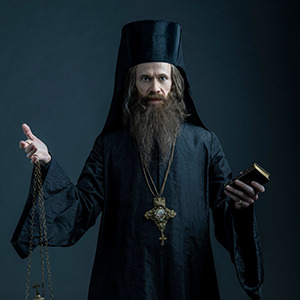
1 note
·
View note
Text

#orthodoxy#orthodox christianity#orthodox#christianity#eastern orthodoxy#orthodox church#eastern orthodox#orthodox christian#church#greek orthodox#russian orthodox
346 notes
·
View notes
Text

Boris Kustodiev (1878-1927)
"Winter. Maslenitsa festivities" (1919)
Maslenitsa, also known as Butter Lady, Butter Week, Crepe week, or Cheesefare Week, is an Eastern Slavic religious and folk holiday which has retained a number of elements of Slavic mythology in its ritual. It is celebrated during the last week before Great Lent; that is, the eighth week before Eastern Orthodox Pascha.
The traditional attributes of the Maslenitsa celebration are the Maslenitsa effigy, sleigh rides, and festivities. Russians bake bliny and flatbread, while Belarusians and Ukrainians cook pierogi and syrniki.
#paintings#art#artwork#cityscape#winter#boris kustodiev#russian artist#maslenitsa#holiday#eastern orthodoxy#christianity#snow#folklore#religious holidays#bright#colorful#colourful#1910s#early 1900s#early 20th century
69 notes
·
View notes
Text

Do Orthodox goth chicks even exist 😞
76 notes
·
View notes
Text

505 notes
·
View notes
Text
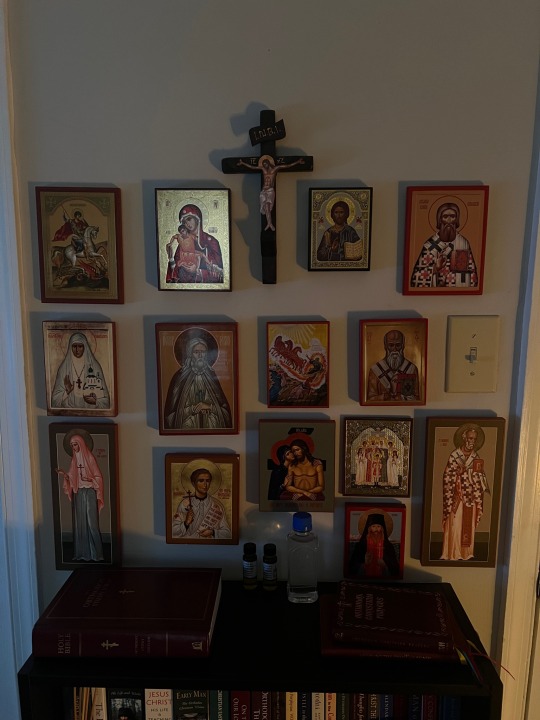
new icon corner just dropped
#eastern orthodox#greek orthodox#orthodox#orthodoxy#russian orthodox#christian icon#orthodox icon#booklover
249 notes
·
View notes
Text



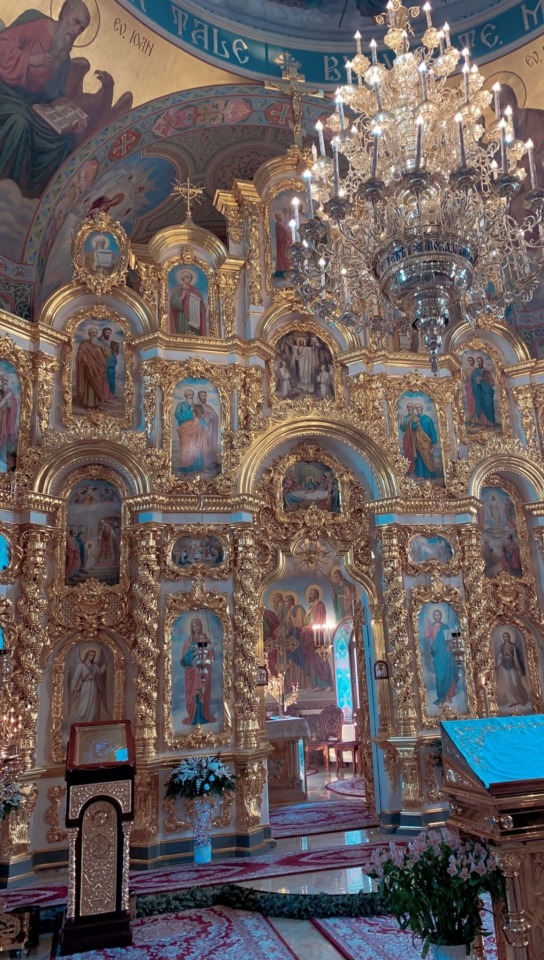
Orthodox churches ☦︎
#orthodox christianity#eastern orthodoxy#orthodox church#russian orthodox#greek orthodox#orthodox icon#cathedral#monastery#catholic#catholiscism
133 notes
·
View notes
Text
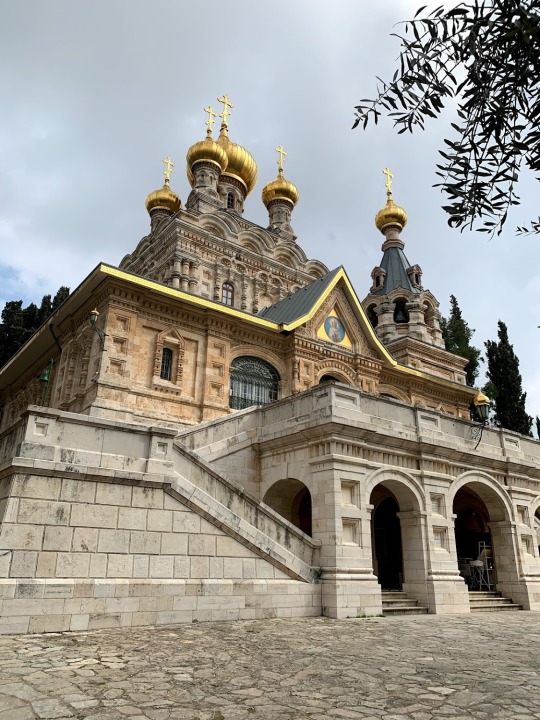


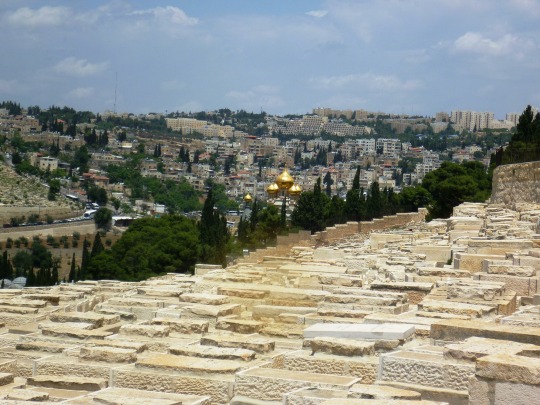
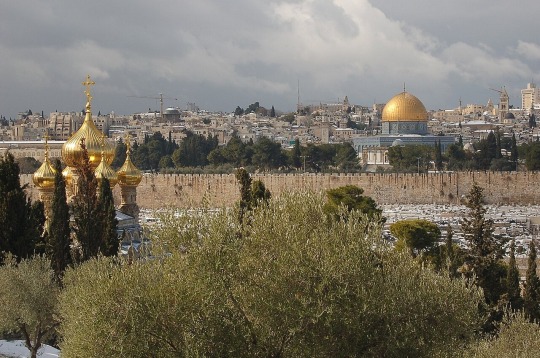



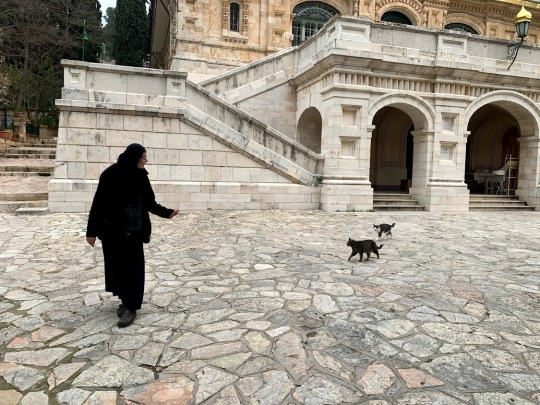

Some pictures of the Church of Saint Mary Magdalene on the Mount of Olives in Jerusalem. The church includes the Convent of Saint Mary Magdalene, a monastic sisterhood that falls under the jurisdiction of the ROCOR. It is close to the Garden of Gethsemane and holds the relics of Saint Elizabeth Feodorovna and Saint Varvara Yakovleva, two Russian nuns who were martyred by the Bolsheviks.
#my post#palestine#eastern orthodoxy#monasticism#jerusalem#al quds#israel#nun#russian orthodox#orthodox christianity#saint mary magdalene
101 notes
·
View notes
Text
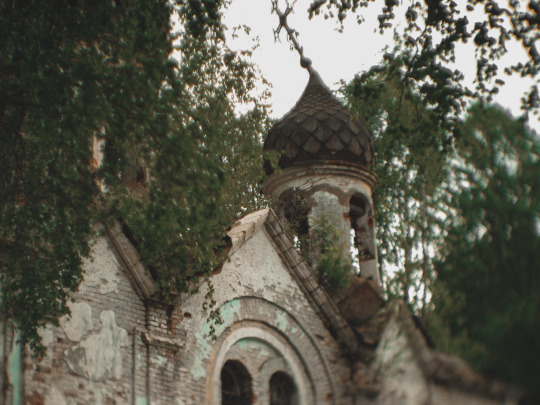
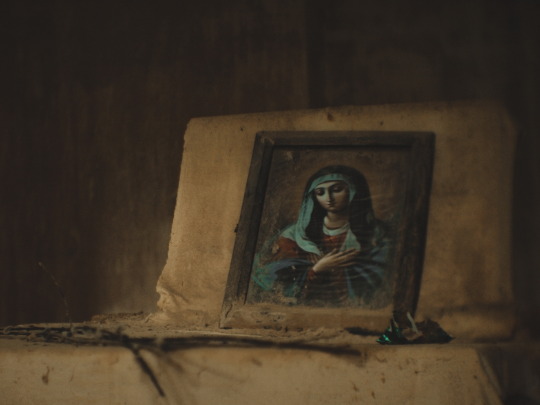
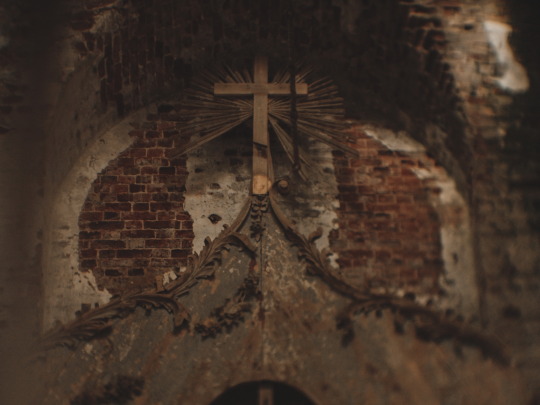
#abandoned#photography#russia#orthodox christianity#orthodox church#eastern orthodoxy#russian orthodox#abandoned church
89 notes
·
View notes
Text

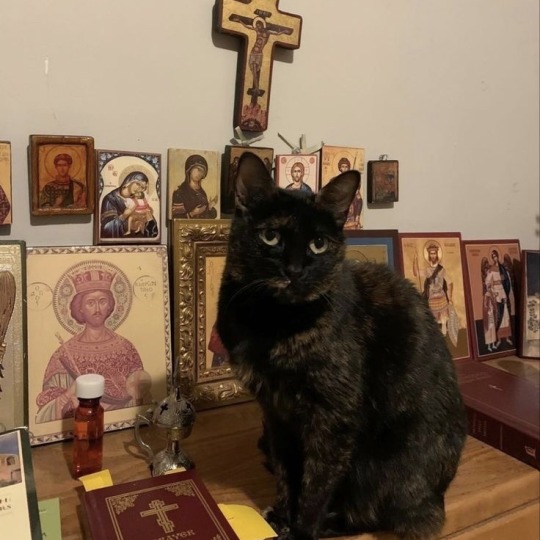




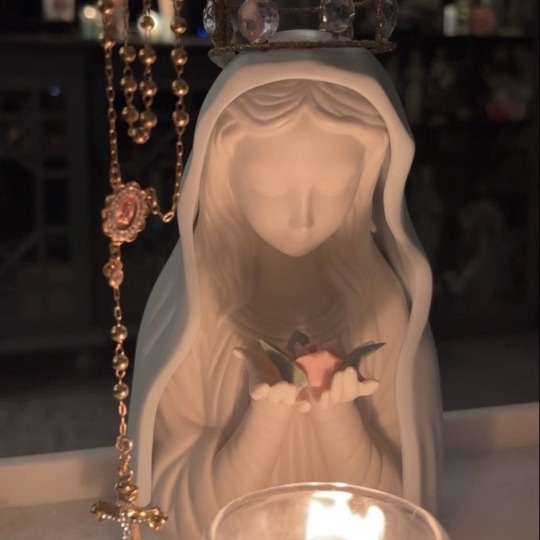


☦️
#orthodox christianity#russian orthodox#eastern orthodoxy#christianity#orthodox church#beautiful#coquette#lana del rey
93 notes
·
View notes